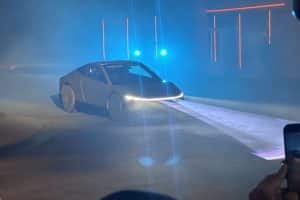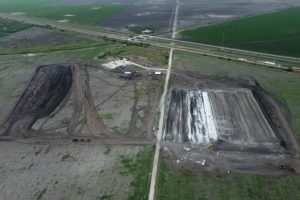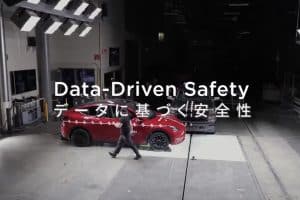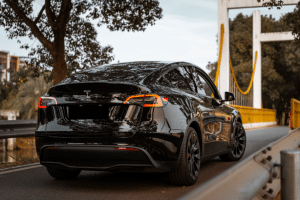The Tesla Model Y and Ford Mustang Mach-E were two of the only four midsize SUVs to land the top rating from the Insurance Institute of Highway Safety (IIHS). In total, thirteen midsize SUVs were tested, with the agency concluding that most offer “inadequate front crash protection for passengers seated in the rear.”
The Ford Mustang Mach-E, Tesla Model Y, Ford Explorer, and Subaru Ascent were the only vehicles of the thirteen tested to earn the IIHS’ “good” ratings, while the Chevrolet Traverse, Toyota Highlander, and Volkswagen Atlas earned “marginal” marks.
However, six of the thirteen midsize SUVs were given poor ratings, including the Honda Pilot, Hyundai Palisade, Jeep Grand Cherokee, Jeep Wrangler 4-door, Mazda CX-9, and Nissan Murano.
Of all the vehicles tested, the Mustang Mach-E was the only car to gain the top rating across all eleven categories. The Model Y received top marks in ten categories, including the overall rating, but only received an “Acceptable” grade in the category of rear passenger restraints and kinetics.

The thirteen vehicles tested did not fail to offer excellent protection for the driver, IIHS president David Harkey said. “But only a handful extend that level of safety to the back seat.”
The testing process involved utilizing a Hybrid III dummy that is the size of a small woman or 12-year-old child, which is positioned in the second row behind the driver. The test uses specific metrics that focus on the injuries that occur most often to occupants in the back seat.
Good ratings are obtained by not exceeding limits that would indicate an excessive risk of injury to the head, neck, chest, abdomen, or thigh and are recorded by sensors.
This is where the Model Y obtained only an Acceptable rating, as “the rear dummy’s head approached the front seatback, which increases the risk of head injuries,” the IIHS said in its findings.
The Model Y is still one of the few select vehicles to be given the title of Top Safety Pick+, which only a handful of vehicles have obtained. The IIHS also made the requirements for the Top Safety Pick awards stronger this year, demanding better side crash protection and improved pedestrian crash prevention systems and also eliminating subpar headlights from the ability to qualify for the award.
“Zeroing in on weaknesses in rear seat safety is an opportunity to make big gains in a short time, since solutions that are already proven to work in the front can successfully be adapted for the rear,” Marcy Edwards, the IIHS’ Senior Research Engineer, said. “The four good ratings in this round of testing show that some automakers are already doing it.”





